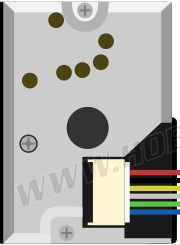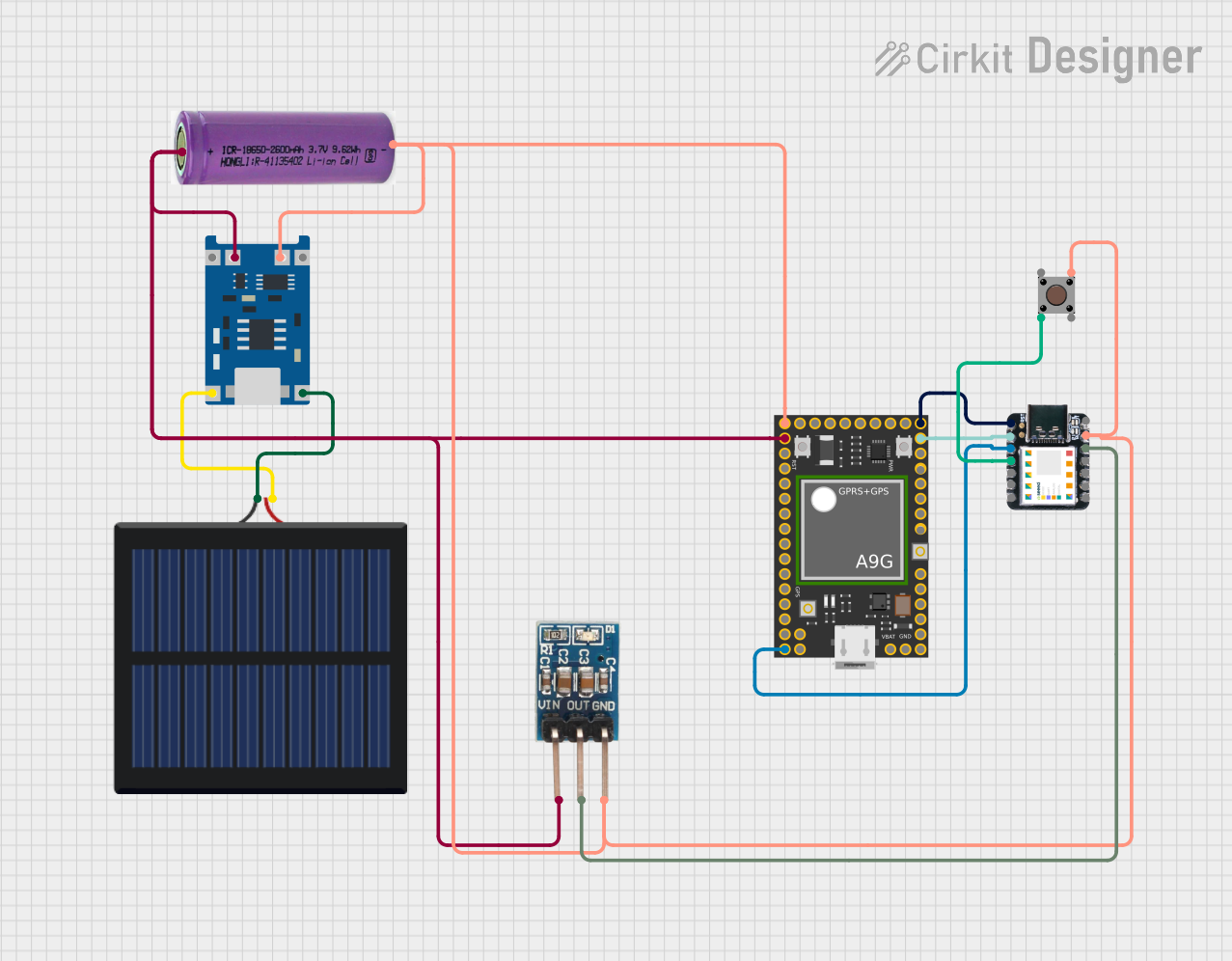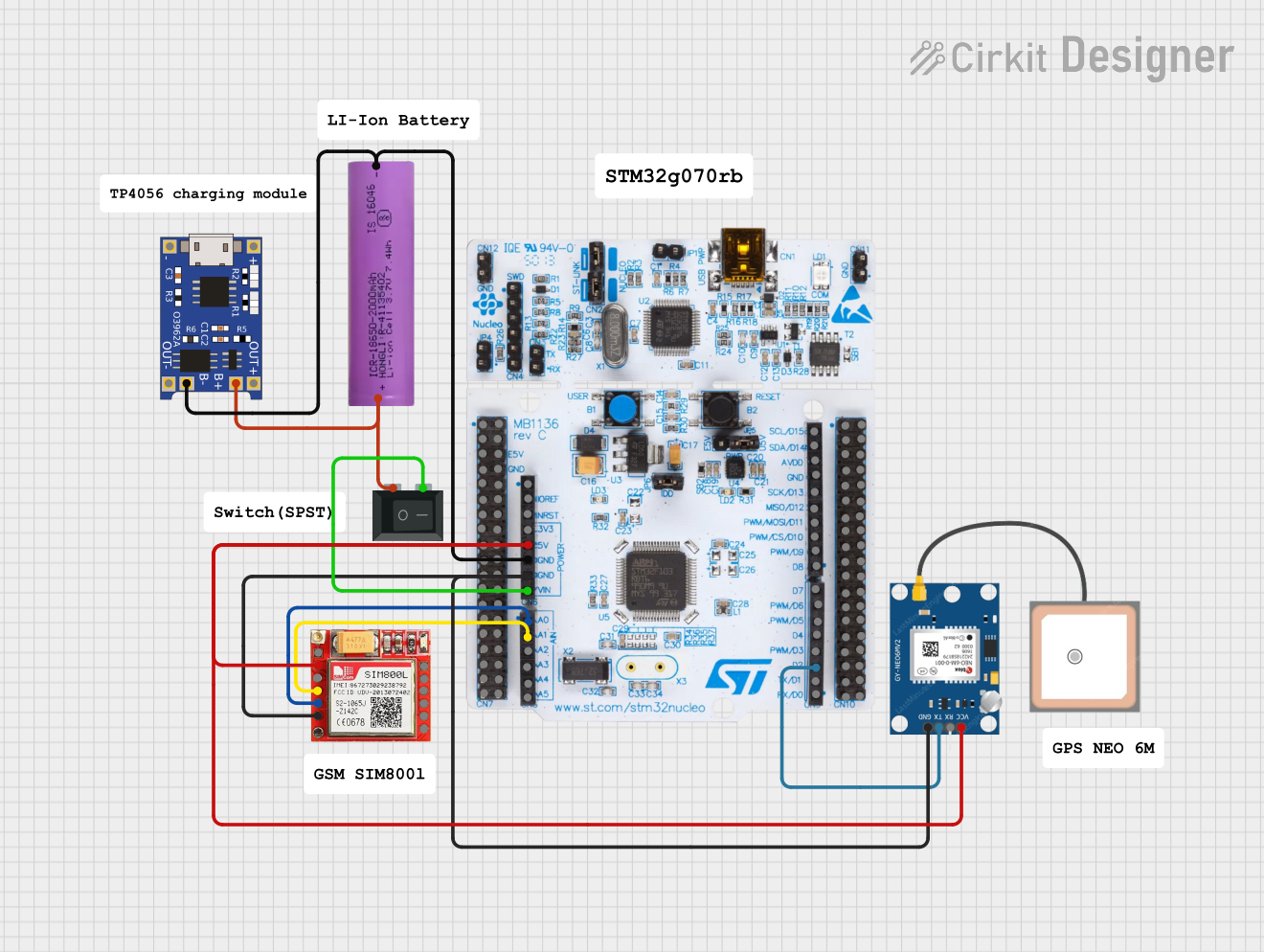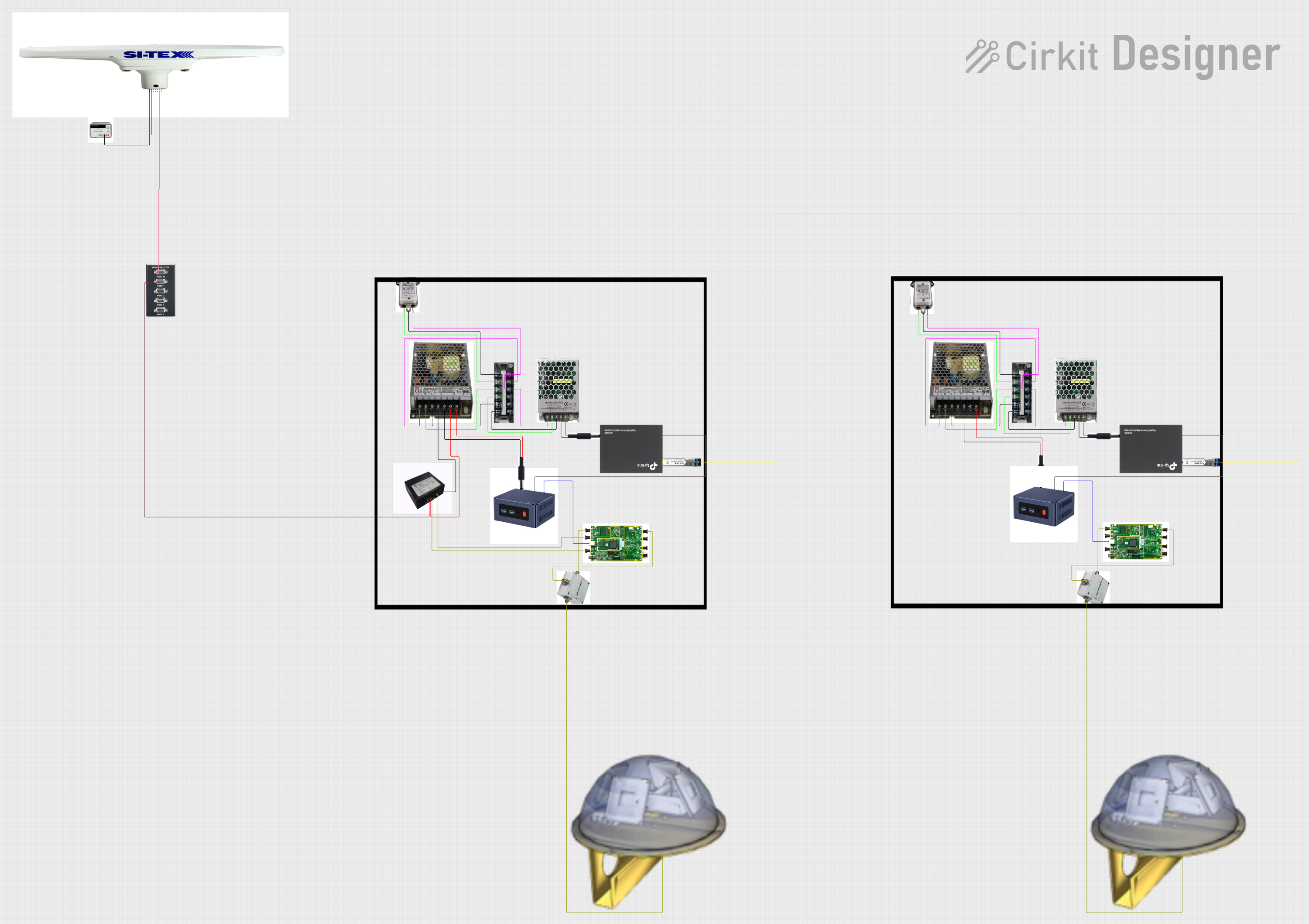
How to Use GP2Y1010AU0F: Examples, Pinouts, and Specs

 Design with GP2Y1010AU0F in Cirkit Designer
Design with GP2Y1010AU0F in Cirkit DesignerIntroduction
The GP2Y1010AU0F is an optical air quality sensor manufactured by Sharp. It is designed to detect dust particles in the air using an infrared emitting diode and a phototransistor. The sensor measures the reflected light from dust particles and provides an analog voltage output proportional to the dust density. This makes it an ideal component for applications such as air purifiers, air quality monitors, and HVAC systems.
Explore Projects Built with GP2Y1010AU0F

 Open Project in Cirkit Designer
Open Project in Cirkit Designer
 Open Project in Cirkit Designer
Open Project in Cirkit Designer
 Open Project in Cirkit Designer
Open Project in Cirkit Designer
 Open Project in Cirkit Designer
Open Project in Cirkit DesignerExplore Projects Built with GP2Y1010AU0F

 Open Project in Cirkit Designer
Open Project in Cirkit Designer
 Open Project in Cirkit Designer
Open Project in Cirkit Designer
 Open Project in Cirkit Designer
Open Project in Cirkit Designer
 Open Project in Cirkit Designer
Open Project in Cirkit DesignerTechnical Specifications
Key Technical Details
| Parameter | Value |
|---|---|
| Supply Voltage | 5V DC |
| Operating Current | 20mA (typical) |
| Output Voltage Range | 0.9V to 3.4V |
| Sensitivity | 0.5V/(0.1 mg/m³) |
| Response Time | < 1 second |
| Operating Temperature | -10°C to +65°C |
| Storage Temperature | -20°C to +80°C |
| Dimensions | 46.0mm x 30.0mm x 17.6mm |
Pin Configuration and Descriptions
| Pin No. | Pin Name | Description |
|---|---|---|
| 1 | V-LED | LED Power Supply (5V) |
| 2 | LED-GND | LED Ground |
| 3 | LED | LED Control (PWM input) |
| 4 | S-GND | Signal Ground |
| 5 | Vo | Analog Output Voltage (proportional to dust) |
| 6 | Vcc | Power Supply (5V) |
Usage Instructions
How to Use the Component in a Circuit
- Power Supply: Connect the Vcc pin to a 5V power supply and the S-GND pin to ground.
- LED Control: Connect the LED pin to a PWM signal to control the infrared LED. This can be done using a microcontroller like Arduino.
- Analog Output: Connect the Vo pin to an analog input pin on your microcontroller to read the dust density.
Important Considerations and Best Practices
- Power Supply: Ensure a stable 5V power supply to avoid fluctuations in the sensor readings.
- PWM Control: Use a PWM signal with a frequency of around 10kHz to control the LED.
- Placement: Place the sensor in a location where it can effectively sample the air without obstructions.
- Calibration: Calibrate the sensor in a controlled environment to ensure accurate readings.
Example Code for Arduino UNO
/*
GP2Y1010AU0F Dust Sensor Example Code
This code reads the analog output from the GP2Y1010AU0F sensor and
prints the dust density to the serial monitor.
*/
const int ledPin = 2; // Pin connected to LED control (PWM)
const int analogPin = A0; // Pin connected to analog output (Vo)
int sensorValue = 0; // Variable to store the sensor value
void setup() {
pinMode(ledPin, OUTPUT);
pinMode(analogPin, INPUT);
Serial.begin(9600); // Initialize serial communication
}
void loop() {
digitalWrite(ledPin, LOW); // Turn the LED on
delayMicroseconds(280); // Wait for 280 microseconds
sensorValue = analogRead(analogPin); // Read the analog value
digitalWrite(ledPin, HIGH); // Turn the LED off
delayMicroseconds(40); // Wait for 40 microseconds
// Convert the analog value to voltage
float voltage = sensorValue * (5.0 / 1024.0);
// Convert the voltage to dust density (mg/m³)
float dustDensity = (voltage - 0.9) / 0.5;
// Print the dust density to the serial monitor
Serial.print("Dust Density: ");
Serial.print(dustDensity);
Serial.println(" mg/m³");
delay(1000); // Wait for 1 second before the next reading
}
Troubleshooting and FAQs
Common Issues Users Might Face
- Inconsistent Readings: Fluctuations in the power supply or improper PWM control can cause inconsistent readings.
- No Output: Ensure all connections are secure and the sensor is powered correctly.
- High Noise Levels: Electrical noise from other components can interfere with the sensor readings.
Solutions and Tips for Troubleshooting
- Stable Power Supply: Use a regulated power supply to ensure stable voltage.
- Proper PWM Signal: Verify the PWM signal frequency and duty cycle.
- Shielding: Use shielding techniques to minimize electrical noise.
FAQs
Q: Can the sensor detect smoke? A: Yes, the sensor can detect smoke particles as they are similar in size to dust particles.
Q: How often should the sensor be calibrated? A: Calibration frequency depends on the application and environment. Regular calibration ensures accurate readings.
Q: Can the sensor be used outdoors? A: The sensor is designed for indoor use. Using it outdoors may require additional protection from environmental factors.
This documentation provides a comprehensive guide to using the GP2Y1010AU0F optical dust sensor. Whether you are a beginner or an experienced user, following these instructions and best practices will help you effectively integrate the sensor into your projects.